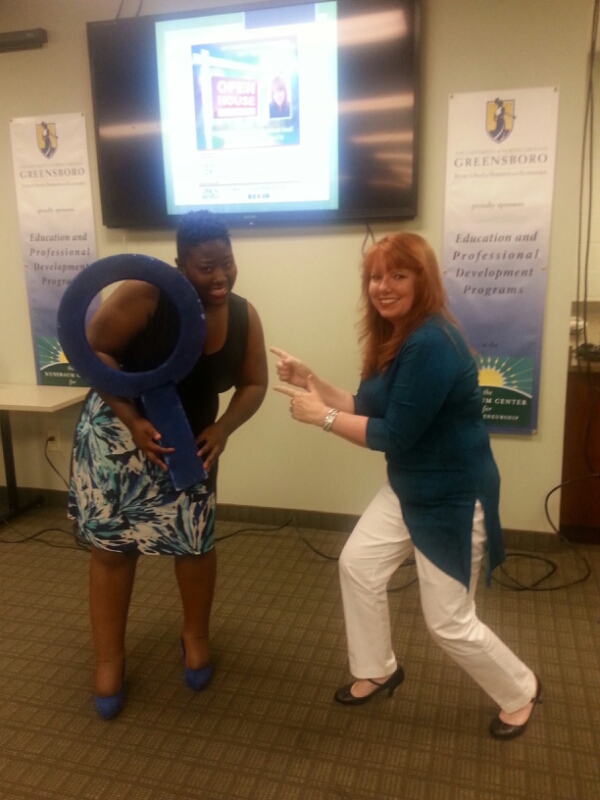How often have you sat through a presentation where the presenter used PowerPoint as his visual aid? Microsoft PowerPoint can be used as an effective tool to enhance a presentation. However, used incorrectly, it may break a presentation.
Have you ever seen a presenter do little more than click and read? He reads one slide, clicks for the next one, reads it. You get the picture. A presentation like this leaves audience members wondering why he didn't simply email them the PowerPoint and save them the time of sitting through a boring presentation. Your speech should be spoken; it should not be completely on screen. Should you get rid of PowerPoint completely? No, simply use it to enhance your presentations and your audience will feel you've given them a presentation of value. After all, you should create your presentation with the audience members in mind. Here are a few tips to help you do just that:
Tip #1: Be sure the audience can read each slide. Having a font that is too small to be seen or colors that are hard to distinguish are major distractions and, instead of listening to you, they'll be straining to read the words on the screen.
Tip #2: Make sure each slide looks neat and organized. It may help to have a color theme throughout to show continuity and professionalism. Sloppy slides can detract from your presentation.
Tip #3: Know your limitations. Limit the text on your slides. Be as brief as possible so your audience isn't more interested in reading your slides than listening to you. One slide should have no more than 5 bullet points (fewer if possible). Also, use a graph or chart on your slide rather than text where applicable.
Tip #4: Proof read! Typos and misspellings can be distracting and unprofessional. Have a colleague or professional editor look over your PowerPoint before you present it.
Tip #5: Don't read your slides word for word. Reading some of the text or restating it is much better than the 'read & click' method. Don't insult your audience's intelligence or bore them by reading the text exactly as they can easily read on screen. Also, in order to minimize distractions, you may want to include blank screens between your slides in order to switch the focus from the PowerPoint to what you're saying when you aren't referring to what's on screen.
Adhering to these tips will help you avoid 'death by PowerPoint'. Also, be sure to check your equipment prior to your presentation to make sure it works. Just in case there is a problem, it helps to be prepared and bring a printed version of your slides to use as a guide. You can use PowerPoint effectively as a visual aid. Just remember, it's your presentation and PowerPoint is just one of the tools to help you make it the best it can be!
Article Source: http://EzineArticles.com/3508371

